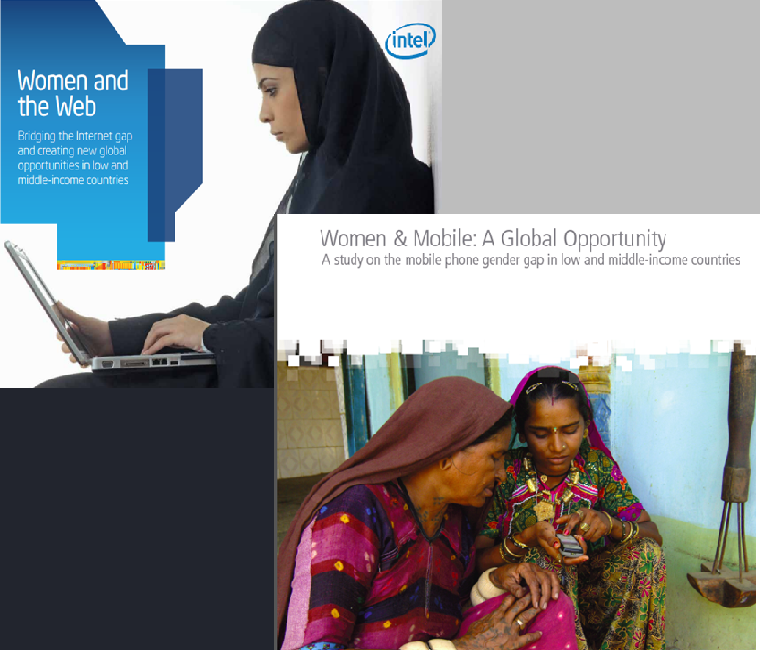Closing the Technology Gender Gap
Small Photo
Photo

Two recent reports emphasize the importance of the ICT gender gap in developing countries. These in-depth analyses provide statistics, case studies, and conclusions that clearly demonstrate why closing that gap is so essential to development and to increasing women's political participation.
Last year, the GSMA (the association of GSM mobile operators) and the Cherie Blaire Foundation produced a report on women and mobile technology. Intel, in coordination with Dalberg and GlobeScan, released a report yesterday that focuses on Internet access in developing countries. Key takeaways from each publication:
- Closing the mobile gap for women represents a $13 billion dollar opportunity: With the gender gap representing over 300 million women, providing service represents not only an important step for human rights, but a monetary incentive to the private sector as well.
- The top three benefits of cell phone ownership for women: feeling safer (93%), feeling more connected with friends and family (93%) and feeling more independent (85%)
- The top five factors predicting ownership of mobile phone: Household income, urban/rural location, age, occupation, and education level.
- Barriers preventing ownership of mobile phones: cost of handsets, no need to have one as everyone is local, and use of landline instead of mobile.
- The report also includes: case studies of projects in Pakistan promoting female literacy, culturally appropriate advertising for women in Afghanistan, distance learning in Mexico, and providing input for women in Kosovo's constitution
- Closing the Internet gap for women represents 50 to 70 billion dollars: Similar to mobiles, increasing the number of women online also represents a potential increase in GDP of $13 to 18 billion across 144 developing countries.
- Internet penetration varies greatly among continents: while North America experiences 79%, the Middle East has 40%, Asia has 28%, and Africa lags behind at 16% internet penetration.
- Access to the Internet provides both positive individual and ecosystem outcomes: including increased confidence and self worth, more opporutnities for education or employment, and access to networks, as well as economic development through GDP growth, gender equality through the leveling of opportunity, and diversification of markets.
- Major individual inhibitors to Internet access: awareness of the content and use of information on the Internet, ability to navigate and consume web content, and an environment lacking in encouragement of use.
- The largest ecosystem inhibitors to Internet access: network infrastructure, economic viability of Internet connection options, policies encouraging women to use the Internet,
- The report also includes: case studies on the Feminist Approach to Technology in India, mobilizing support for the Pink Chaddi campaign in India, and health advice for pregnant women in Egypt. In addition, the publication contains numerous "User Profiles" that highlight an array of different women using the internet in developing countries.
